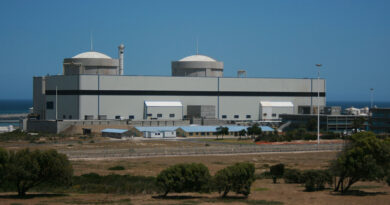Platinum use in battery electric vehicles is on the horizon
Automotive use of platinum is well established; platinum-based autocatalysts have been the single largest segment of platinum demand for decades. Platinum is also at the forefront of proton exchange membrane (PEM) technology used in hydrogen fuel cell electric vehicles (FCEVs), a market that is poised to grow significantly as automakers look to transition to production of zero-emissions vehicles, initially in the heavy-duty sector.
Indeed, supportive hydrogen policies alone could result in FCEV demand for platinum equalling current automotive demand by 2039, while broad-based commercial adoption of FCEVs, as economies of scale and lower cost of hydrogen kick in, could bring this forward to 2033, adding over three million ounces to annual automotive platinum demand in just over ten years.
Conversely, no platinum or platinum group metals (PGMs) are currently deployed in the batteries used to power battery electric vehicle (BEV) models that are solely battery-powered. However, next-generation battery technology could see platinum used across the spectrum of BEVs from hybrid models which combine an internal combustion engine with some form of battery, to electric vehicles that run on rechargeable batteries alone.
PGMs improve battery performance
Lithium-air and lithium-sulphur battery technologies already offer the potential for energy densities three to ten times higher than the Lithium-ion batteries currently in use, but electrochemical limitations have prevented their widespread use. However, current research and development into lithium-air and lithium-sulphur chemistry using platinum and its sister PGM palladium in cutting-edge lithium-ion batteries looks poised to address those limitations and unlock a step-change in battery performance, including improvements in ‘cyclability’ and ‘discharge capacity’.




